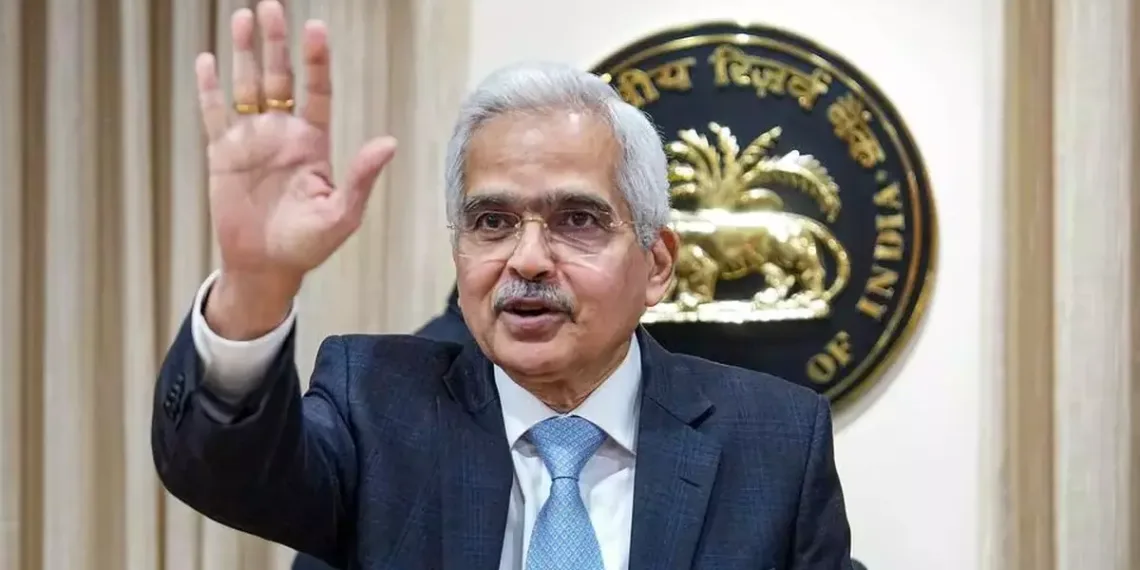RBI Policy Updates
The Reserve Bank of India (RBI) decided to keep its key interest rate unchanged at 6.5% during its latest Monetary Policy Committee (MPC) meeting, marking the tenth consecutive time the rate has remained steady. However, in a notable shift, the RBI adjusted its policy stance from “withdrawal of accommodation” to “neutral,” signaling the possibility of rate cuts in the future amid early signs of economic slowdown.
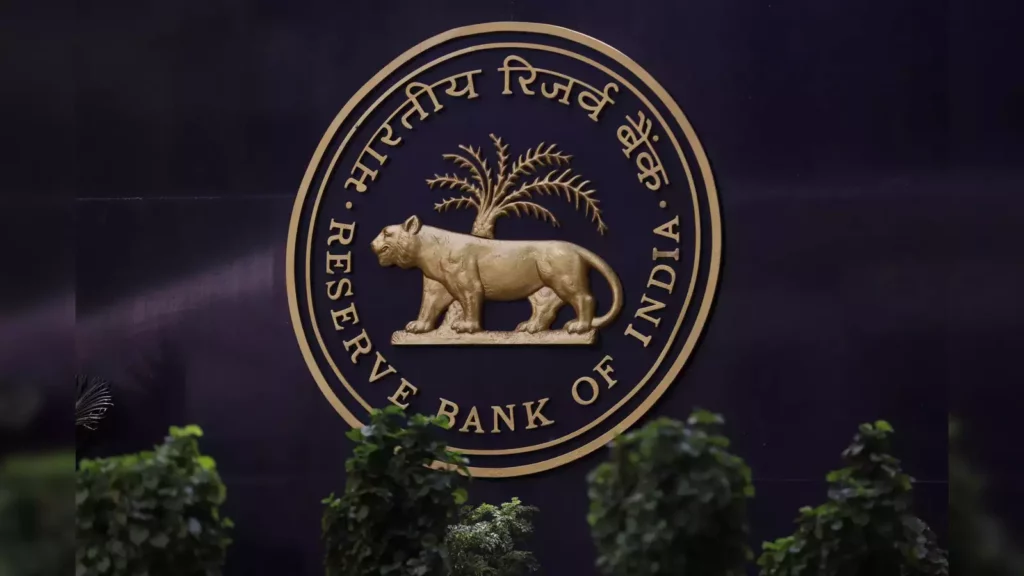
RBI Policy Decision: A Close Look
The announcement was made by RBI Governor Shaktikanta Das after the conclusion of the three-day MPC meeting, which ended on Wednesday, October 9, 2024. The meeting was particularly significant as it was the first one since the government appointed three new external members to the committee, bringing fresh perspectives into the discussions.
Governor Das explained that the decision to keep the repo rate unchanged at 6.5% was agreed upon by five out of six MPC members. He emphasized that this move was influenced by the evolving macroeconomic conditions and the future outlook of the Indian economy. While inflation has started easing, economic growth has shown early signs of slowing down, which may have influenced the MPC’s cautious approach.
RBI’s Shift to a Neutral Stance: What Does it Mean?
One of the most important takeaways from this meeting was the RBI’s shift in its policy stance from “withdrawal of accommodation” to “neutral.” This change opens the door for potential rate cuts if the economy continues to show signs of a slowdown, especially with external global pressures weighing on growth.
The “neutral” stance means that the RBI is now more flexible and can either raise or lower rates depending on the economic environment in the coming months. According to Governor Das, this change is a proactive measure to balance inflation control and economic growth.
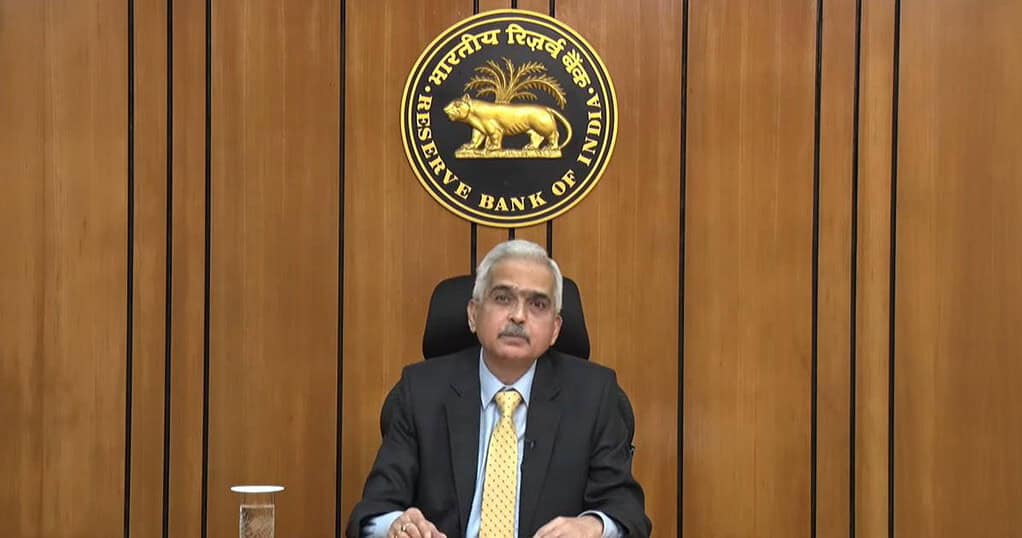
Inflation Under Control, but Food Prices Remain High
Inflation, as measured by the Consumer Price Index (CPI), has been easing and fell to 3.65% in August 2024, well within the RBI’s target band of 2-6%. However, food inflation remains a concern at 5.65%, still above the central bank’s medium-term target of 4%.
Despite food prices remaining elevated, core inflation (which excludes volatile food and energy prices) has been under control. Experts have noted that the base effect could bring down year-on-year headline inflation numbers further, making it likely that inflation will stay within the RBI’s comfort zone in the coming months.
India’s Response to the Post-Pandemic Slowdown
During the press conference, Governor Das praised India’s swift and decisive response to the economic slowdown triggered by the COVID-19 pandemic. He noted that India has managed to stabilize its economy, despite global challenges, and continues to maintain a positive growth trajectory. However, with early signs of a slowdown now emerging, particularly in the services sector, which hit a 10-month low in September 2024, the RBI is monitoring the situation closely.
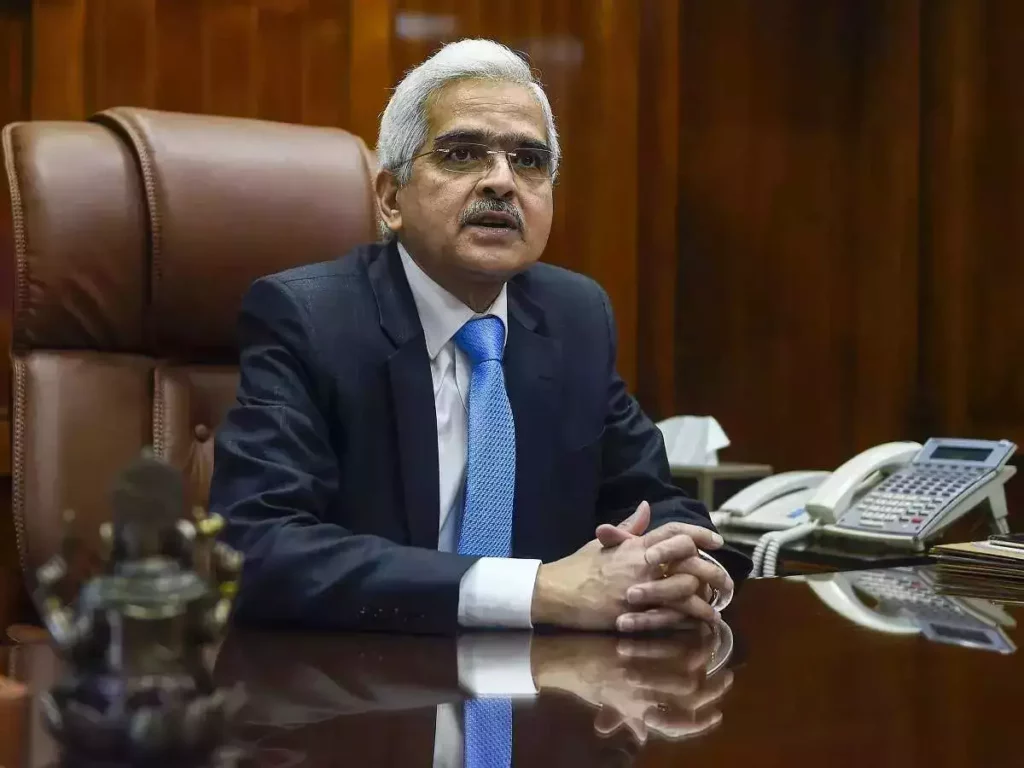
Forex Reserves at an All-Time High
One bright spot in the economic outlook is India’s foreign exchange reserves, which have reached an all-time high of $704.89 billion as of September 27, 2024. This increase of $12.5 billion from the previous reporting period strengthens India’s economic stability and provides a cushion against global economic uncertainties.
Global Monetary Policy Trends and RBI’s Approach
Globally, many central banks, including the US Federal Reserve, Bank of England (BoE), and the European Central Bank (ECB), have already started reducing rates in response to slower growth and easing inflation. The US Federal Reserve recently cut its benchmark rates by 50 basis points, raising speculation about whether the RBI would follow suit.
However, experts believe that the RBI is unlikely to cut rates immediately, given the current inflation concerns and uncertainties surrounding the global economic environment, including the Middle East crisis and its potential impact on energy prices.
What Lies Ahead for the Indian Economy?
While the RBI has kept rates unchanged for now, the shift to a neutral stance suggests that the central bank is prepared to act if the economic situation worsens. With core inflation under control and growth slowing down, a rate cut could be on the cards in the near future if economic data continues to show signs of weakness.
India’s fiscal deficit for the first five months of FY 2024-25 has improved, coming in at 27% of the annual target, compared to 36% during the same period last year. This is a positive sign for the government’s fiscal health, and further improvements could give the RBI more flexibility in adjusting its policy rates in the future.
The MPC will continue to keep a close watch on the evolving economic conditions, both domestically and internationally. External pressures, such as global energy prices, geopolitical tensions, and foreign exchange fluctuations, could influence the RBI’s decisions in the months ahead.
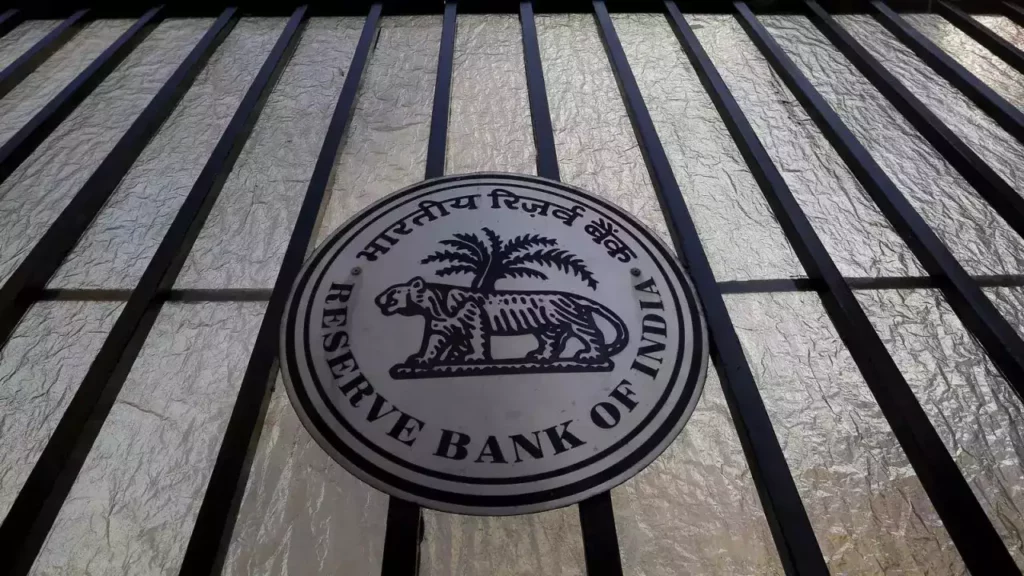
Key Takeaways from the October 2024 MPC Meeting
- Repo Rate Unchanged: The RBI kept the repo rate at 6.5% for the tenth consecutive meeting.
- Policy Stance Shifted to Neutral: The RBI has changed its policy stance from “withdrawal of accommodation” to “neutral,” signaling potential rate cuts in the future.
- Inflation Eases: CPI inflation fell to 3.65% in August 2024, within the RBI’s target range, but food inflation remains a concern at 5.65%.
- Services Sector Slows: India’s services sector activity dropped to a 10-month low, highlighting early signs of a broader economic slowdown.
- Forex Reserves at Record High: India’s foreign exchange reserves have hit an all-time high of $704.89 billion, bolstering the country’s economic stability.
- No Immediate Rate Cuts Expected: Despite global trends of rate reductions, the RBI is expected to maintain the current repo rate for the time being.
Read More: 5th Day of Navratri 2024: Celebrating Maa Skandamata

